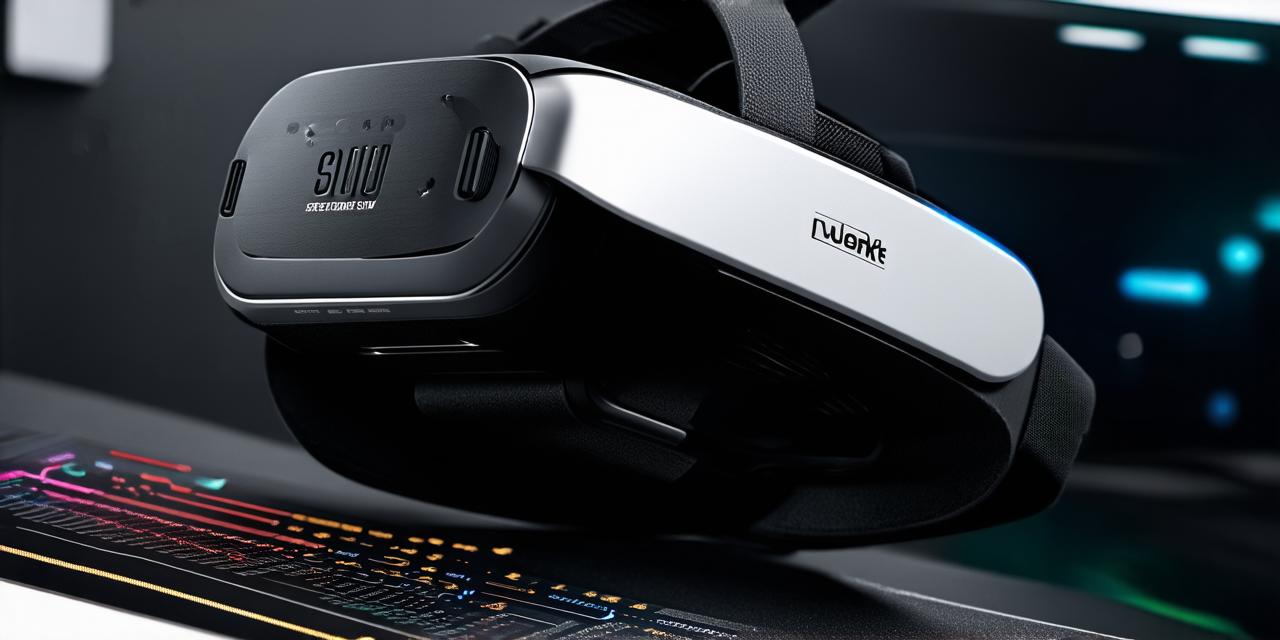Virtual reality (VR) technology is rapidly advancing and becoming more accessible to developers. However, developing VR experiences can be a challenging task that requires a powerful computer system.
Choose the Right Hardware
The first step in optimizing your PC for VR development is to choose the right hardware components. You will need a computer with at least an Intel Core i5-4590 or AMD FX 8350 processor, an Nvidia GTX 760 or AMD Radeon HD 7970 GPU, and at least 8GB of RAM. Additionally, you will need a VR headset that is compatible with your computer system.
Optimize Your Graphics Settings
The graphics settings on your PC can have a significant impact on the performance of your VR experience. To optimize your graphics settings, go to your graphics driver control panel and adjust the settings for your VR headset. You should also make sure that you are running the latest version of your graphics driver software.
Manage Your Software and Files
Having too many programs open at once can slow down your computer system and negatively impact your VR experience. To manage your software and files, close any unnecessary programs and delete unused files. You should also make sure that you are using a solid-state drive (SSD) for your operating system and applications, as this will significantly improve the performance of your computer system.
Enable Overclocking
Overclocking is the process of increasing the speed of your computer’s processor beyond its default settings. Enabling overclocking can provide a significant boost in performance and make your VR experience smoother and more enjoyable. However, it is important to note that overclocking can also cause damage to your computer system if not done properly. Therefore, it is recommended that you only enable overclocking with the guidance of an experienced technician.
Upgrade Your Computer Components
If you find that your current computer components are not sufficient for VR development, you may need to upgrade them. Upgrading your CPU, GPU, RAM, or storage drive can provide a significant boost in performance and improve the overall experience of your VR system. However, upgrades can be expensive and time-consuming, so it is important to carefully consider your options before making any changes.
Case Studies: Optimizing PC for VR Development
Let’s take a look at some case studies that demonstrate how optimizing your PC for VR development can improve the performance of your system and enhance the overall VR experience.
Case Study 1: Upgrading CPU and GPU
A developer who was experiencing lag and stuttering in their VR application decided to upgrade their CPU and GPU. They replaced their Intel Core i5-4590 processor with an Intel Core i7-7700K processor and upgraded their Nvidia GTX 760 GPU to an Nvidia GTX 1080Ti GPU. After making these upgrades, the developer reported a significant improvement in the performance of their VR application, with smoother movements and more realistic visuals.
Case Study 2: Overclocking CPU
A developer who was experiencing stuttering and frame drops in their VR application decided to enable overclocking on their CPU. They were able to increase the clock speed of their processor from 3.6GHz to 4.0GHz, which provided a noticeable boost in performance. The developer reported that their VR experience became smoother and more enjoyable as a result of this upgrade.
FAQs: Optimizing PC for VR Development
1. What are the minimum hardware requirements for VR development?
To develop VR experiences, you will need at least an Intel Core i5-4590 or AMD FX 8350 processor, an Nvidia GTX 760 or AMD Radeon HD 7970 GPU, and at least 8GB of RAM. Additionally, you will need a VR headset that is compatible with your computer system.
2. How do I optimize my graphics settings for VR development?
To optimize your graphics settings for VR development, go to your graphics driver control panel and adjust the settings for your VR headset. You should also make sure that you are running the latest version of your graphics driver software.
3. Is overclocking safe for my computer system?
Overclocking can be safe for your computer system if done properly. However, it is important to note that overclocking can also cause damage to your computer system if not done correctly. Therefore, it is recommended that you only enable overclocking with the guidance of an experienced technician.
4. Can I upgrade my computer components for VR development?
Yes, you can upgrade your computer components for VR development if you find that your current components are not sufficient. Upgrading your CPU, GPU, RAM, or storage drive can provide a significant boost in performance and improve the overall experience of your VR system. However, upgrades can be expensive and time-consuming, so it is important to carefully consider your options before making any changes.
Summary
Optimizing your PC for VR development can significantly enhance the performance and enjoyment of your VR experience. By choosing the right hardware components, optimizing your graphics settings, managing your software and files, enabling overclocking, and upgrading your computer components, you can create a smooth and immersive VR environment that will transport you to new worlds and dimensions. With these tips and techniques in mind, you are well on your way to creating a VR experience that will captivate and engage your audience.
